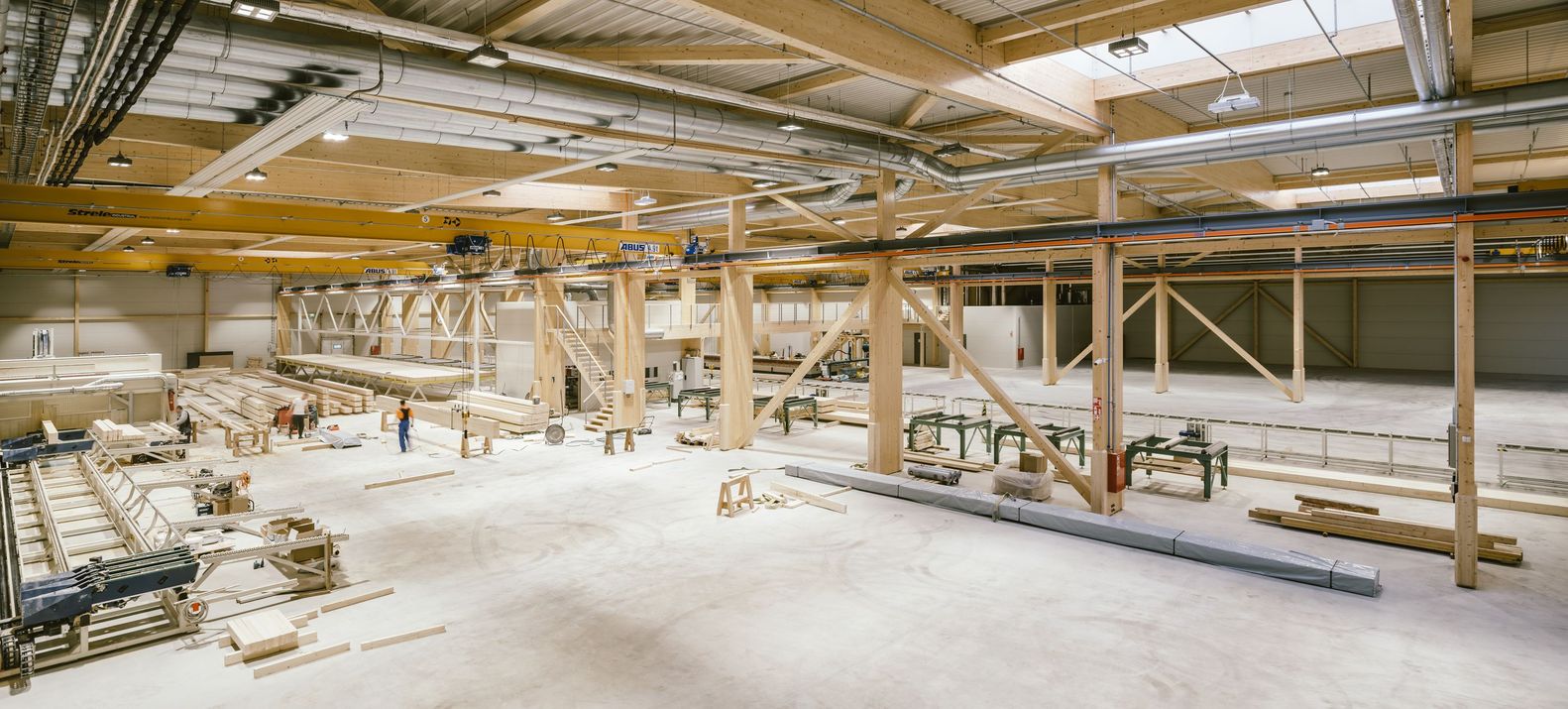CATEGORIES
Choose WPC Exterior Wall Cladding for Long-Lasting Outdoor Walls
Are you a homeowner or a construction professional seeking a durable and aesthetically pleasing solution for exterior walls? This article explores why WPC exterior wall cladding is an excellent alternative to traditional wood, offering long-lasting beauty and performance. We'll delve into the benefits of using WPC, its features, maintenance requirements, and applications, helping you understand why choosing WPC cladding is a smart decision for your next project. Read on to discover how WPC wall cladding can transform your building’s exterior with elegance and durability.
1. Understanding WPC Wall Cladding: What is it and Why is it Gaining Popularity?
Have you ever wondered about the secret behind beautiful, low-maintenance building exteriors? Often, the answer lies in innovative materials like WPC wall cladding. But what exactly is WPC wall cladding, and why is it becoming such a popular choice for exterior applications?
WPC stands for Wood Plastic Composite. As the name suggests, WPC is made from a unique combination of wood fibers and recycled plastic. This blend combines the best properties of wood and plastic, resulting in a new material that's highly durable, weather-resistant, and aesthetically versatile. Unlike traditional wood, WPC is engineered to overcome many of wood's limitations, such as susceptibility to rot, stain, and insect damage. This makes WPC cladding an increasingly attractive choice for those seeking a long-lasting and visually appealing exterior wall cladding solution. Its growing popularity stems from its ability to offer the aesthetics of natural wood without the tedious maintenance and environmental concerns associated with purely wooden panels.
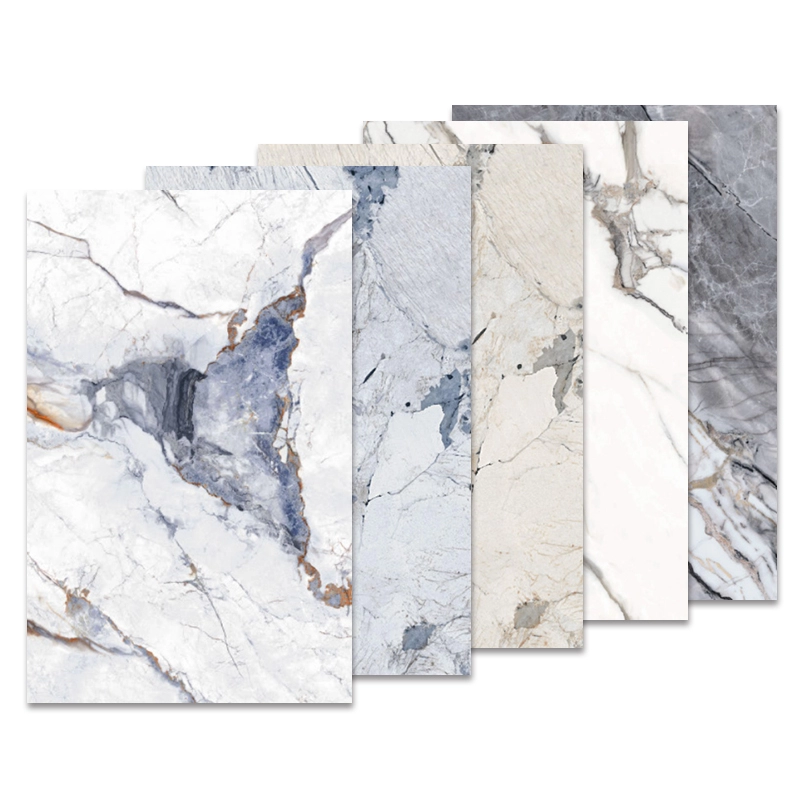
The rise of WPC in exterior wall cladding is also linked to increasing environmental awareness. WPC is made from recycled materials, contributing to sustainability efforts. For homeowner and businesses alike looking for eco-friendly building solutions, WPC offers an excellent alternative. Furthermore, advancements in manufacturing have made WPC more accessible and affordable, further driving its adoption in exterior design and construction. Essentially, WPC wall cladding is gaining ground because it effectively balances beauty, durability, sustainability, and cost-effectiveness – a winning combination in today's building industry.
2. What are the Key Features of WPC Exterior Wall Cladding that Make it a Good Choice for Exterior Walls?
When considering exterior wall cladding, you need a material that can withstand the elements while maintaining its visual appeal. WPC exterior wall cladding boasts a range of features of WPC that make it exceptionally well-suited for outdoor wall applications. Let’s explore some of these key attributes:
Firstly, durability is a paramount feature of WPC. Because they’re made from a composite of wood fibers and plastic, WPC panels are incredibly durable and robust. They exhibit superior resistance to moisture, rot, decay, and insect infestations, problems that commonly plague traditional wood. This inherent durability ensures that WPC cladding will maintain its structural integrity and aesthetic appeal of buildings for years, even when exposed to harsh weather conditions. This weather-resistant quality is crucial for exterior walls that are constantly battling rain, sun, and temperature fluctuations.
Secondly, WPC cladding panels are known for their low maintenance. Unlike wood panels, WPC doesn't require regular painting, staining, or sealing. The panels offer a protective layer that resists fading and staining, meaning little to no maintenance is needed to keep them looking their best. This is a significant advantage for busy homeowner and commercial property managers who want to minimize upkeep costs and time. The easy to install nature of many WPC wall panels further adds to their appeal, simplifying construction and renovation projects.
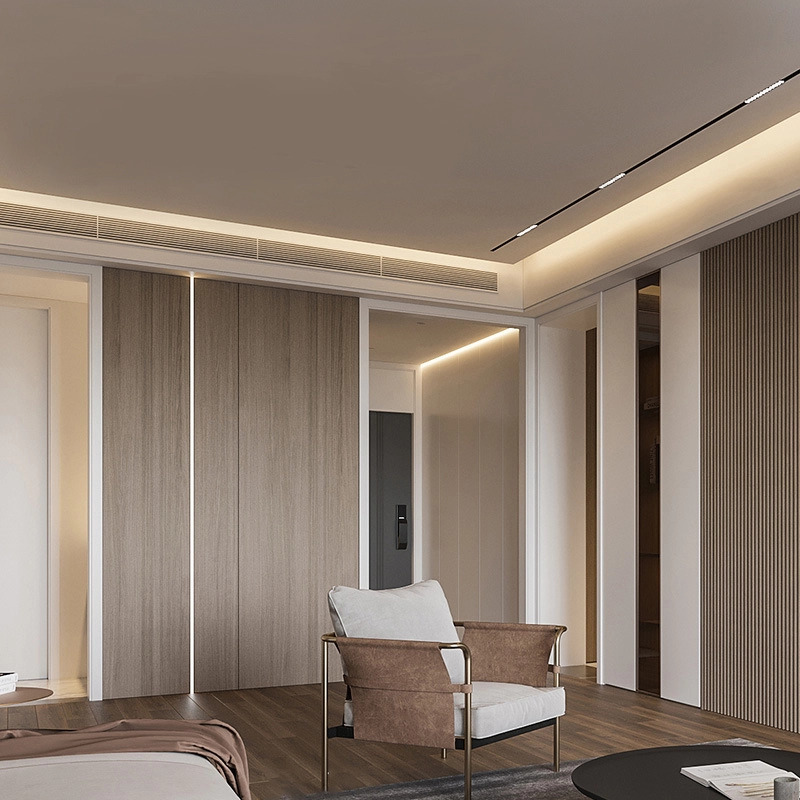
Another important feature of WPC is its versatility in design. WPC can be manufactured to mimic the appearance of wood, offering a range of colors and textures. This allows architects and designers to achieve the desired aesthetic appeal without the drawbacks of natural wood. From smooth, modern finishes to textured, wooden panels looks, WPC can cater to diverse outdoor wall designs and architectural styles. Furthermore, WPC is also often UV stable, meaning it resists fading from sun exposure, preserving the color and elegance of the building’s exterior over time. These combined features of WPC make it a truly good choice for exterior wall cladding, blending performance with visual flexibility.
3. Exploring the Benefits of Using WPC Cladding Panels for Your Building’s Exterior
Choosing the right exterior cladding is a crucial decision that impacts both the look and longevity of your building. WPC cladding panels come with a plethora of benefits of using WPC, making them a standout option for exterior applications. Let's delve into some of the key advantages:
One of the most significant benefits of WPC is its exceptional durability. WPC cladding stands up remarkably well to the elements. It is waterproof, meaning it won't rot or warp when exposed to rain and humidity. This resistance to moisture is a major advantage over traditional wood, which is prone to water damage and decay. This durability extends to its resistance to pests and insects, eliminating concerns about termite infestations or other wood-boring creatures. For exterior walls that face constant weather conditions, this durability translates to fewer repairs and replacements over time, offering long-term cost savings.
Another key benefit of using WPC is its low maintenance. Traditional wood requires regular upkeep, including painting, staining, and sealing, to protect it from the weather conditions and maintain its aesthetic appeal. WPC cladding panels, on the other hand, require little to no maintenance. They are designed to retain their color and finish for years without needing to be repainted or resealed. Simple cleaning with soap and water is usually sufficient to keep WPC cladding looking pristine. This low maintenance aspect is particularly appealing to people choose WPC for its convenience and reduced long-term costs.
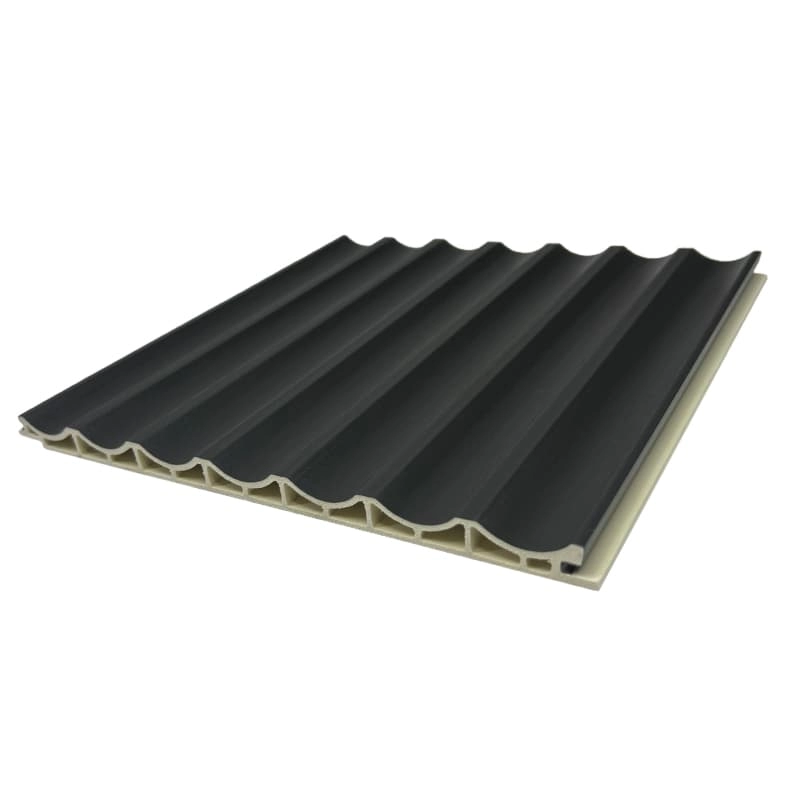
Beyond durability and low maintenance, WPC offers significant aesthetic benefits. WPC cladding panels are available in a wide range of colors, textures, and styles, mimicking the natural appearance of wood beautifully. Whether you prefer a classic wood wall look or a more contemporary design, WPC can deliver the desired visual appeal. This aesthetic versatility, combined with its practical advantages, makes WPC cladding a compelling choice for those seeking to enhance their building’s exterior with both beauty and resilience. In essence, the benefits of WPC extend from enhanced durability and reduced maintenance to aesthetic flexibility, making it a superior exterior cladding solution.
4. WPC vs. Traditional Wood: Which is the Better Choice for Exterior Wall Cladding?
When it comes to exterior wall cladding, traditional wood has been a long-standing material of choice. However, with the advent of WPC cladding, homeowner and builders now have a compelling alternative. So, WPC vs. traditional wood: which is the better choice for exterior wall cladding? Let's compare them across several key factors:
Durability and Longevity: In terms of durability, WPC significantly outperforms traditional wood. Traditional wood is susceptible to rot, decay, insect damage, and warping, especially when exposed to moisture and varying weather conditions. WPC, thanks to its wood and plastic composite nature, is highly weather-resistant, waterproof, and resistant to pests and rot. This inherent durability means WPC cladding typically has a longer lifespan and requires fewer replacements compared to wood panels. If long-lasting performance is a priority, WPC is the clear winner.
Maintenance: Maintenance requirements is another area where WPC shines. Traditional wood demands regular maintenance, including painting, staining, sealing, and treatment for pests and rot, to maintain its appearance and integrity. This can be time-consuming and costly over the years. WPC cladding panels, in contrast, are remarkably low maintenance. They don't need painting or sealing and are easy to clean, usually requiring just soap and water. For those seeking a hassle-free exterior wall solution, WPC offers a significant advantage in reduced upkeep.
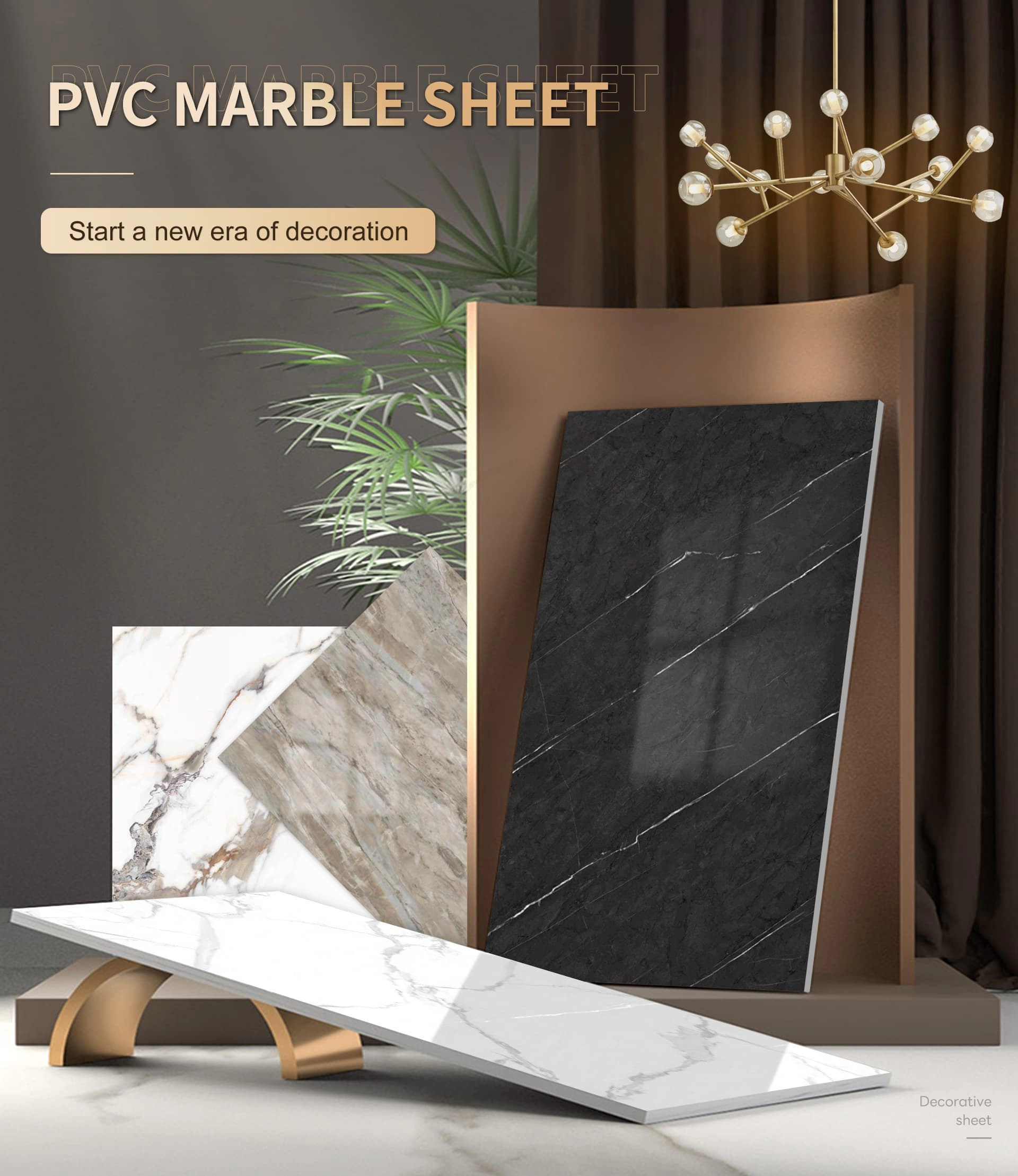
Aesthetics and Appearance: Traditional wood is prized for its natural beauty and warmth. However, WPC has made significant strides in mimicking the appearance of wood. Modern WPC cladding panels are available in a variety of textures, colors, and grains that closely resemble natural wood, offering a similar aesthetic appeal. While some purists may still prefer the authentic look of wood wall, WPC provides a visually comparable option with added practical benefits. Moreover, WPC offers greater consistency in color and texture compared to natural wood, which can vary significantly.
Environmental Impact and Cost: WPC is made from recycled materials, including recycled plastic and wood fibers, making it a more environmentally friendly choice than traditional wood, which often involves deforestation. While the initial cost of WPC might be slightly higher than some types of wood panels, its durability, low maintenance, and longer lifespan can result in lower long-term costs. Considering the environmental and lifecycle costs, WPC often emerges as a more sustainable and economically sound option in the long run. In conclusion, while traditional wood holds a certain charm, WPC cladding generally proves to be a better choice for exterior wall cladding due to its superior durability, low maintenance, environmental benefits, and comparable aesthetics.
5. Durability and Longevity: How Long-Lasting is WPC Exterior Wall Cladding?
When investing in exterior wall cladding, durability and longevity are paramount concerns. Homeowner and builders want assurance that their chosen material will withstand the test of time and weather conditions. WPC exterior wall cladding is specifically engineered for long-lasting performance, but just how long-lasting is WPC exterior wall cladding?
The durability of WPC cladding stems from its composite makeup. By combining wood fibers with recycled plastic, WPC is made to inherit the strengths of both materials while mitigating their weaknesses. The plastic component makes WPC waterproof and highly resistant to moisture, preventing rot, warping, and decay – common culprits in the deterioration of traditional wood. The wood fibers add strength and a natural look, but are encapsulated within the plastic, protecting them from direct exposure to the elements and pests. This combination results in a cladding that is significantly more durable than wood panels alone.
WPC exterior wall cladding is also designed to be weather-resistant. It can endure extreme temperatures, from scorching summer heat to freezing winter cold, without cracking or degrading. Many WPC panels are UV stable, meaning they are treated to resist fading and discoloration from prolonged sun exposure. This UV protection is crucial for maintaining the visual appeal of buildings over many years. Furthermore, WPC cladding is less susceptible to scratches, dents, and stains compared to traditional wood, helping it retain its pristine appearance with minimal effort.
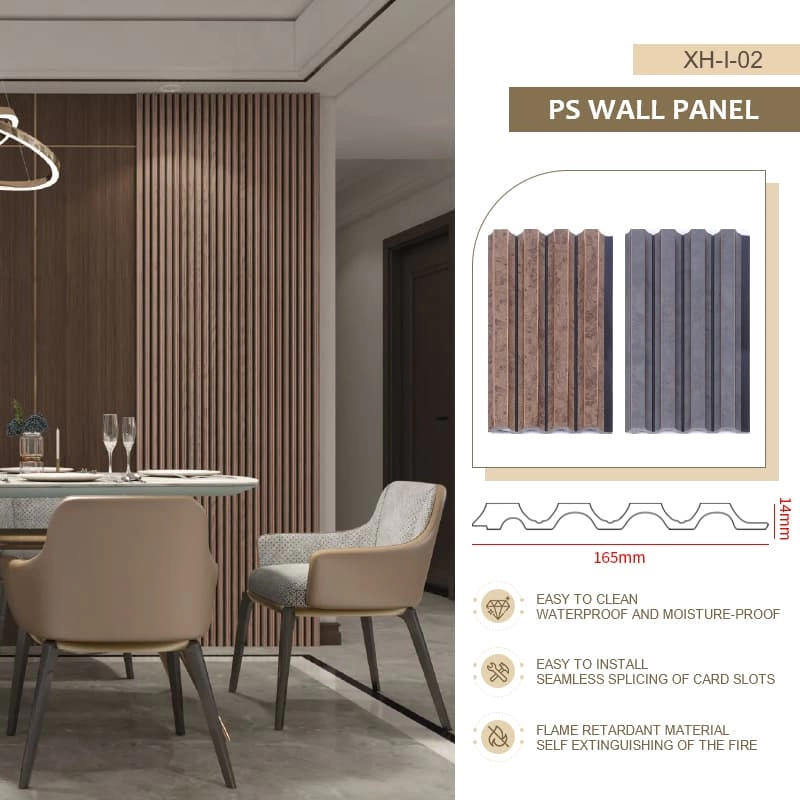
While the exact lifespan of WPC exterior wall cladding can vary based on factors like climate, installation quality, and specific product formulation, high-quality WPC panels installed correctly are expected to last for several decades. Many manufacturers offer warranties of 15-25 years or more, reflecting their confidence in the durability and long-lasting nature of their WPC cladding products. In practical terms, this means that choosing WPC exterior wall cladding is not just an aesthetic upgrade but also a smart, long-term investment that reduces the need for frequent repairs and replacements, ensuring your building’s exterior maintains its elegance and protection for many years to come. For homeowner and commercial property owners seeking durability and peace of mind, WPC cladding offers a robust and long-lasting solution.
6. Maintenance Requirements for WPC Cladding Panels: Is it Really Low Maintenance?
One of the most appealing aspects of WPC cladding panels is their reputation for being low maintenance. In today's fast-paced world, homeowner and property managers appreciate materials that reduce upkeep and save time and resources. But are the maintenance requirements for WPC cladding panels truly minimal, and is it really low maintenance?
The answer is overwhelmingly yes. Compared to traditional wood, which demands regular and often tedious maintenance, WPC cladding is remarkably easy to care for. Traditional wood typically requires annual painting, staining, or sealing to protect it from moisture, UV rays, and pests. This process can be time-consuming, labor-intensive, and involve recurring costs for materials and labor. WPC cladding panels, on the other hand, eliminate the need for these routine treatments. The composite nature of WPC inherently provides protection against moisture, rot, fading, and insect damage, significantly reducing the need for ongoing maintenance.
The primary maintenance requirements for WPC cladding are simple cleaning. Over time, dust, dirt, or mildew might accumulate on the surface of the panels. However, cleaning WPC cladding is straightforward. Typically, washing the exterior walls with soap and water using a brush or sponge is sufficient to remove most grime and restore the panels to their original appearance. For more stubborn stains or mildew, a mild household cleaner can be used. Unlike wood panels, WPC doesn't require specialized cleaners or treatments. Occasional rinsing with a garden hose can also help keep the cladding looking fresh and clean.
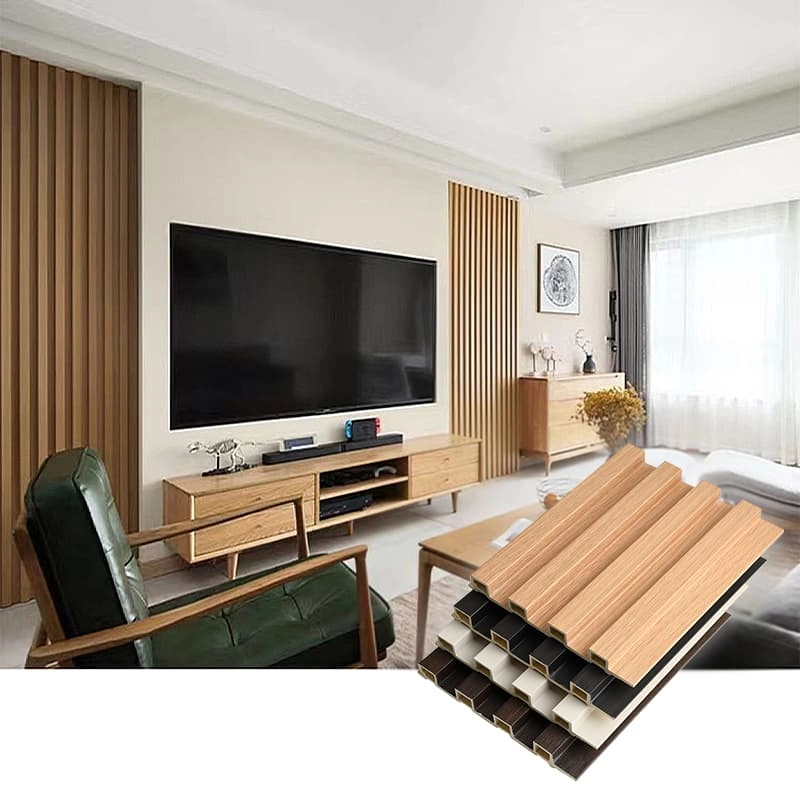
The low maintenance nature of WPC cladding translates to significant long-term benefits. It reduces the time and effort spent on upkeep, freeing up homeowner and maintenance staff for other tasks. It also minimizes the costs associated with painting, staining, sealing supplies, and professional maintenance services. For commercial properties, this can lead to substantial savings over the lifespan of the cladding. In essence, WPC cladding panels truly live up to their low maintenance promise, offering a beautiful and durable exterior wall solution that requires minimal upkeep, making it an ideal choice for those seeking convenience and long-term value.
7. What are the Various Applications of WPC Wall Cladding? Where Can You Use It?
The versatility of WPC wall cladding extends beyond its material properties to its wide range of applications of WPC wall cladding. From residential homes to commercial buildings, WPC cladding can be used in diverse settings to enhance both the aesthetics and functionality of exterior walls. So, where exactly can you use WPC wall cladding?
Residential Buildings: WPC cladding is an excellent choice for homes of all styles. It can be used for the entire exterior cladding of a house or as accent cladding panels to highlight specific architectural features. WPC is perfect for siding, gable ends, porch ceilings, and decorative trim. Its aesthetic appeal, mimicking natural wood, adds warmth and elegance to outdoor spaces, while its durability ensures long-lasting protection against the elements. For homeowner looking to boost curb appeal and reduce maintenance, WPC cladding is a smart investment.
Commercial Buildings: The robust and low maintenance nature of WPC cladding makes it ideal for commercial applications. It can be used for office buildings, retail stores, restaurants, hotels, and more. WPC cladding can enhance the visual appeal of buildings, creating a professional and inviting ambiance for customers and employees. Its durability is particularly beneficial in high-traffic areas, resisting wear and tear and maintaining its appearance over time. Furthermore, the fire-retardant properties of some WPC products add an extra layer of safety, crucial for commercial structures.
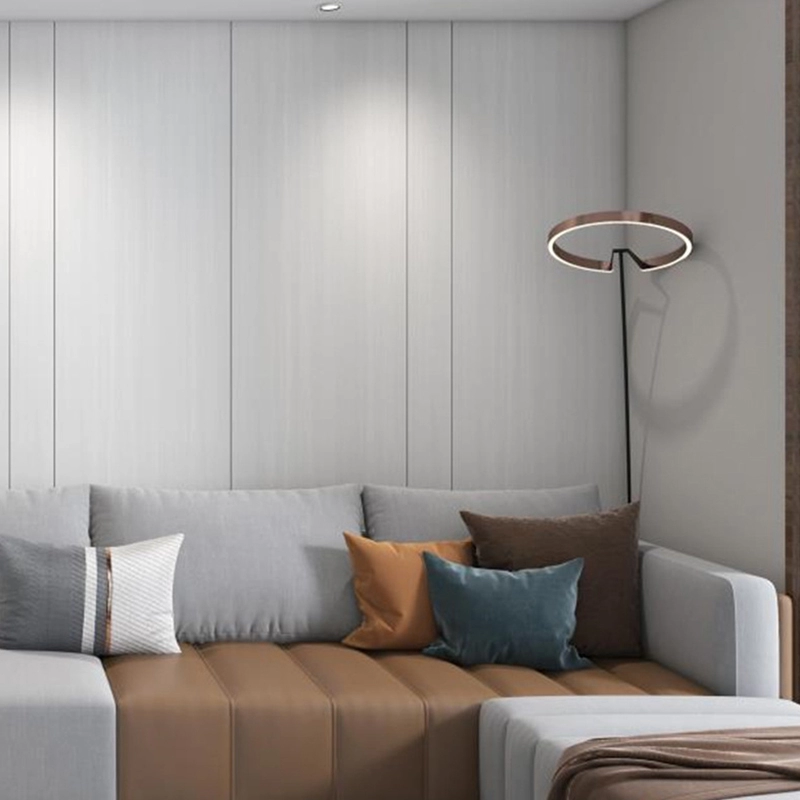
Outdoor Structures: Beyond building walls and ceilings, WPC cladding is well-suited for various outdoor structures. It can be used for garden sheds, garages, fences, and privacy screens, providing weather-resistant and aesthetically pleasing surfaces. WPC cladding can also be incorporated into outdoor wall designs for patios, decks, and balconies, creating cohesive and stylish outdoor spaces. Its resistance to moisture and rot makes it particularly suitable for areas exposed to dampness or direct contact with the ground.
Interior Applications: Although WPC panels are primarily designed for exterior cladding but also be used for interior decoration. Its aesthetic appeal and easy to install nature make it a viable material used for interior walls and ceilings in basements, garages, or accent walls in living areas. However, it’s essential to note that WPC is primarily engineered for exterior performance, and other materials might be more specifically tailored for certain interior design needs. In summary, the applications of WPC wall cladding are extensive, spanning residential, commercial, and outdoor structures, making it a highly versatile and practical choice for exterior and even some interior projects.
8. Everwood WPC and Other Brands: What Should You Look for When Choosing WPC Cladding?
With the growing popularity of WPC cladding, numerous brands and products have emerged in the market, including names like Everwood WPC. When choose WPC cladding, it's essential to consider several factors to ensure you select high-quality, reliable panels that meet your specific needs and expectations. So, what should you look for when choosing WPC cladding?
Material Quality and Composition: The quality of WPC cladding largely depends on its material composition. Look for WPC panels that are made from a combination of high-density wood fibers and premium-grade recycled plastic. The ratio of wood and plastic can affect the properties of WPC, so inquire about the specific formulation. Reputable brands will provide detailed information about their composite materials. Also, check if the WPC is made from recycled content, which is an environmentally conscious choice.
Durability and Weather Resistance: Durability is a key attribute of WPC cladding. Ensure the panels offer excellent resistance to moisture, rot, decay, and insect damage. Verify if the WPC is weather-resistant and UV stable, especially if you live in an area with harsh weather conditions or intense sunlight. Ask for product specifications and test reports that demonstrate the durability and weather resistance of the WPC cladding.
Certifications and Standards: Look for WPC cladding products that comply with relevant industry certifications and standards. These certifications can include fire safety ratings, environmental certifications (such as LEED or GreenGuard), and quality management system certifications (like ISO 9001). Certifications provide assurance that the WPC panels have been tested and meet certain performance and safety criteria.
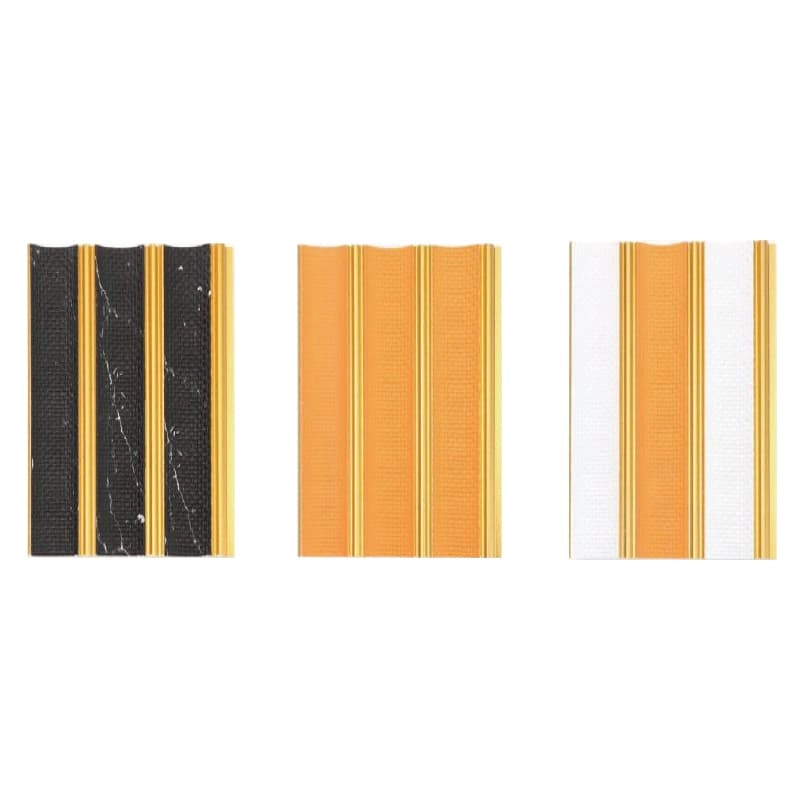
Aesthetics and Design Options: WPC cladding is available in a wide range of colors, textures, and profiles. Choose WPC that complements your building's architectural style and your aesthetic preferences. Consider the colorfastness of the panels and whether they offer the desired appearance of wood. Request samples to assess the visual quality and texture firsthand. Some brands, like Everwood WPC, might offer unique finishes or design options.
Warranty and Brand Reputation: A reliable warranty is a sign of manufacturer confidence in their product. Check the warranty terms and duration offered for the WPC cladding. Research the brand's reputation and customer reviews. Established brands like Everwood WPC often have a track record of quality and customer satisfaction. Get in touch with suppliers and ask for references or case studies to assess their reliability. By carefully considering these factors, you can make an informed decision and choose WPC cladding that delivers the desired performance, aesthetics, and long-term value for your project.
9. How Easy is the Installation Process of WPC Exterior Wall Cladding?
The installation process can significantly impact the overall cost and timeline of a building project. Fortunately, WPC exterior wall cladding is generally known for being easy to install, which is another reason for its popularity. But just how easy is the installation process of WPC exterior wall cladding?
Many WPC wall panels are designed with user-friendly installation systems. Common methods include tongue-and-groove, clip systems, or direct screw attachment. These systems are engineered to simplify the installation process, making it faster and less labor-intensive compared to installing traditional wood siding or other exterior cladding materials. Detailed installation guides and videos are often provided by manufacturers to assist contractors or even DIY homeowner with the process.
One of the advantages of WPC cladding is its consistent dimensions and shapes. Unlike natural wood, which can have variations in size and straightness, WPC panels are manufactured to precise specifications. This uniformity simplifies alignment and fitting during installation, reducing the need for on-site adjustments and minimizing waste. The panels make for a smoother and more efficient installation process.
| Feature | WPC Wall Cladding | Traditional Wood Cladding |
|---|---|---|
| Durability | High resistance to rot, moisture, pests, UV | Susceptible to rot, moisture, pests, UV damage |
| Maintenance | Very low, minimal cleaning required | High, regular painting, staining, sealing needed |
| Installation | Easy, often with clip or tongue-and-groove systems | More complex, requires precise cutting and fitting |
| Longevity | Long-lasting, decades with proper installation | Shorter lifespan, requires frequent replacement |
| Aesthetic Appeal | Mimics wood, wide range of styles and colors | Natural wood beauty, but can weather and fade |
| Environmental | Often made from recycled materials | Can contribute to deforestation |
While WPC cladding is generally easy to install, proper preparation and technique are still important. Ensuring a level and sound substructure is crucial for a successful installation. Cutting WPC panels typically requires standard woodworking tools, although specific blades designed for composite materials may be recommended for cleaner cuts. Following the manufacturer's installation instructions and guidelines is essential to achieve optimal performance and ensure the warranty remains valid. For larger or more complex projects, professional installation by experienced contractors is advisable. However, for smaller projects or for those with DIY experience, the easy to install nature of WPC exterior wall cladding makes it a manageable and rewarding undertaking. The simplified installation process not only saves time and labor costs but also makes WPC accessible to a broader range of users.
10. Considering Composite Cladding? Why WPC Wall Panels Might Be the Best Option for You
If you're exploring composite cladding options for your building project, you're likely seeking a balance of durability, aesthetics, and low maintenance. Among the various types of composite cladding panels, WPC wall panels stand out as a particularly compelling choice. But why might WPC wall panels be the best option for you when considering composite cladding?
Superior Balance of Properties: WPC wall panels offer an exceptional combination of advantages that address many common concerns in exterior cladding. Their composite nature combines the aesthetic appeal of wood with the durability and weather resistance of plastic. This unique blend results in cladding panels that are not only visually attractive but also highly functional and long-lasting. WPC effectively bridges the gap between the natural beauty of wood wall and the practical benefits of synthetic materials, offering a balanced solution that many other composite cladding options struggle to match.
Enhanced Durability and Longevity: When comparing composite cladding panels, WPC often excels in durability. Its resistance to moisture, rot, pests, and UV degradation is typically superior to many other composite materials. This enhanced durability translates to a longer lifespan and reduced replacement frequency, making WPC cladding a cost-effective long-term investment. For projects where longevity and minimal lifecycle costs are priorities, WPC wall panels are a robust and reliable composite cladding choice.
Key Takeaways for Choosing WPC Exterior Wall Cladding:
- Durability is Key: WPC cladding offers superior resistance to rot, moisture, pests, and weather, ensuring long-lasting performance.
- Low Maintenance Advantage: Enjoy minimal upkeep with WPC cladding, saving time and costs on regular maintenance.
- Aesthetic Versatility: WPC mimics the beauty of natural wood with a wide range of styles and colors to enhance visual appeal.
- Easy Installation: Simplified installation process saves time and labor costs, making it accessible for various projects.
- Eco-Friendly Choice: Often made from recycled materials, WPC is a sustainable option for environmentally conscious projects.
If you're ready to explore high-quality WPC wall panels and PVC marble sheets for your next project, get in touch with us at Xihongbm. We are a professional WPC wall and wall cladding supplier with 7 production lines, dedicated to providing top-tier exterior and interior decorative solutions. Whether you are in the USA, North America, Europe, or Australia, we can meet your B2B needs with customizable, eco-friendly, and certified products. Explore our range of WPC wall panels like XHH02 Factory Direct Waterproof Wood Alternative Ps Wall Panels With Fluted Design or our stylish XHI02 OEM Interior Decorative Wall Panels 3d Ps Ceiling Wall Panel Moulding For House Ps Wall Panel. Let us help you transform your building projects with our premium WPC and PVC marble solutions.
